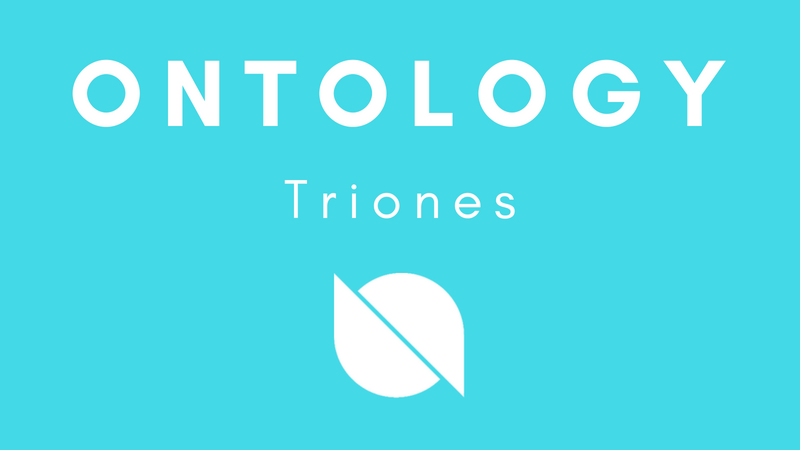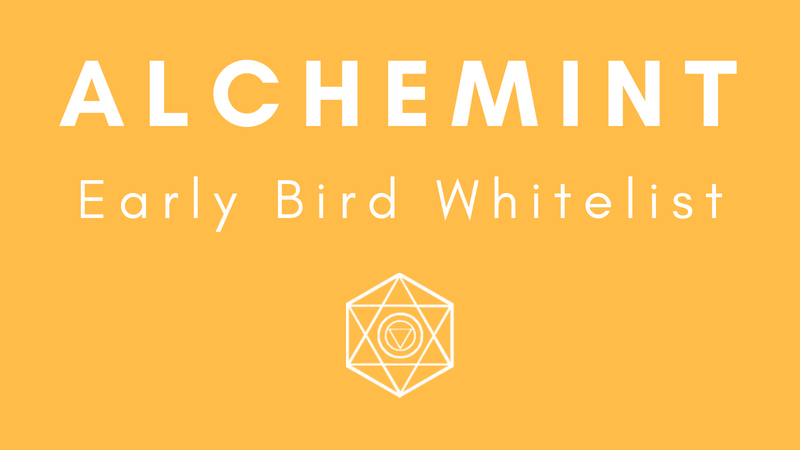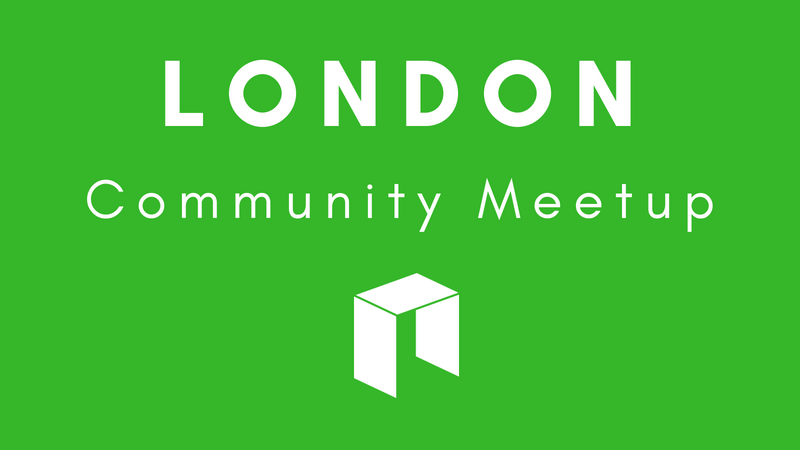
Ontology recently released further details about the Triones Node Incentive Model. The Medium post covers the ONG cost, unbinding, and node incentive models, as well as the consensus system selection and withdrawal process.
Ontology’s consensus mechanism, Verifiable Byzantine Fault Tolerance (VBFT), combines Proof-of-Stake (PoS), VRF (Verifiable Number Function), and Byzantine Fault Tolerance (BFT). The VBFT consensus mechanism will “dynamically select candidate nodes that meet certain conditions to form a consensus network and be responsible for performing consensus.”
Ontology’s Cost Model
Ontology will implement a “compensation/lease” cost model, where Ontology (ONT) token holders receive ONG (ONG) tokens, similar to the NEO/GAS stake and utility token model. ONG will serve as a utility token to utilize blockchain services, of which a portion of the ONG used for transaction fees will be allocated to Triones Consensus Nodes.
The cost model includes a combination of system fees (such as cost of computing resources or storage space) and network fees (such as transaction fees). These costs are jointly regulated by OngLimit, the marker of smart contract executions, and OngPrice, the unit price.
These system transactions are placed into pools and packaged into a block, where users can choose to pay a premium for getting their blocks to the front of the line for consensus node confirmation. Network and system fees are distributed to governance contracts once transactions are complete, where the ONG will be uniformly distributed to nodes.
The ONG Unbinding Model
ONT tokens are indivisible, where as ONG tokens will be divisible to the eighth decimal point. Token limits for both ONT and ONG are capped at 1 billion. As ONT is transferred on the Ontology blockchain, ONG will begin to unbind at a rate determined by the amount of time and amount of ONT held.
A single ONG token is unbound every second as a block is generated. Total supply of ONG will take approximately 18 years to be fully unbound and released into the Ontology ecosystem.
According to information provided in the “ONG unbinding list” table, around 16% of total ONG will be unbound after the first year, around 38% after the third year, and around 60% after the sixth year of Ontology chain operations on MainNet.
The Ontology Node Incentive Model
The Triones Consensus System includes the following parties: the consensus node group, the candidate node group, and the dynamic participator node group.
Consensus Node Group
The consensus node group is comprised of the seven individuals/entities that have been chosen as a result of the candidate approval process, and have a high stake via ONT token ownership of at least 100,000 ONT.
Candidate Node Group
A candidate node group is built into the consensus design, which will eventually have enough support for large-scale deployment of over 2,400 nodes. The candidate network size can be dynamically adjusted in relation to node costs and scale of business on the Ontology chain.
Dynamic Participator Node Group
All ONT holders will have a stake and trusteeship in the Triones Consensus System governance, which will provide users with stake holding incentives.
Consensus from the Genesis Block
The genesis settings for the Triones Consensus System will support 49 network nodes, with an initial consensus to candidate node ratio of 1:6. Generation of node roles will be determined upon the amount of ONT the node holds.
Initial network adjustments will be made every 30 days, at which time the governance contract will be triggered, distributing network fees in ONG; 50% to consensus nodes and 50% to candidate nodes.
Triones Consensus System Selection and Withdrawal Process
ONT token holders who wish to join the Trione Consensus Node system must submit an application to the Ontology Foundation and receive approval. If the candidate is approved, they’re placed into a selection pool. To be considered for the candidate pool, the applicant must own a minimum of 100,000 ONT, and pay a 500 ONG fuel cost.
The initial round of node selection will be limited to 49 candidates, where node roles will be ranked according to the ONT amount in the stake. The top 7 ranked nodes will be chosen as consensus nodes, and the other 42 candidates will be chosen as candidate nodes.
Candidate and consensus nodes will be able to withdraw their applications from the candidate pool at any time.
Additionally, if a node is found to act in malicious ways, they can be blacklisted from ever participating as a node ever again.
Triones Node Applications Open
On June 1, 2018, Ontology opened the registration for Triones Consensus Node applications. Applications will be accepted from June 1st through July 16th.
Seed node candidates must meet the following conditions:
- Own at least 100,000 ONT
- Meet software and hardware network environment requirements
- Complete the application questionnaire
- Pledge to complete the ONT ID trust certification
Information on applying to become a consensus node can be found in the following link:
https://medium.com/ontologynetwork/triones-seed-node-applications-are-open-3ba02b643dcc
For more information about Ontology visit one of the links below.







About The Author: Dylan Grabowski
Dylan is a reformed urban planner with a passion for covering the Neo ecosystem. His objective as a writer for Neo News Today is to report news in an objective, fact-based, non-sensational manner. When not behind a computer screen, he can be found in the mountains rock climbing. Find Dylan on Twitter (@GrabowskiDylan).
More posts by Dylan Grabowski